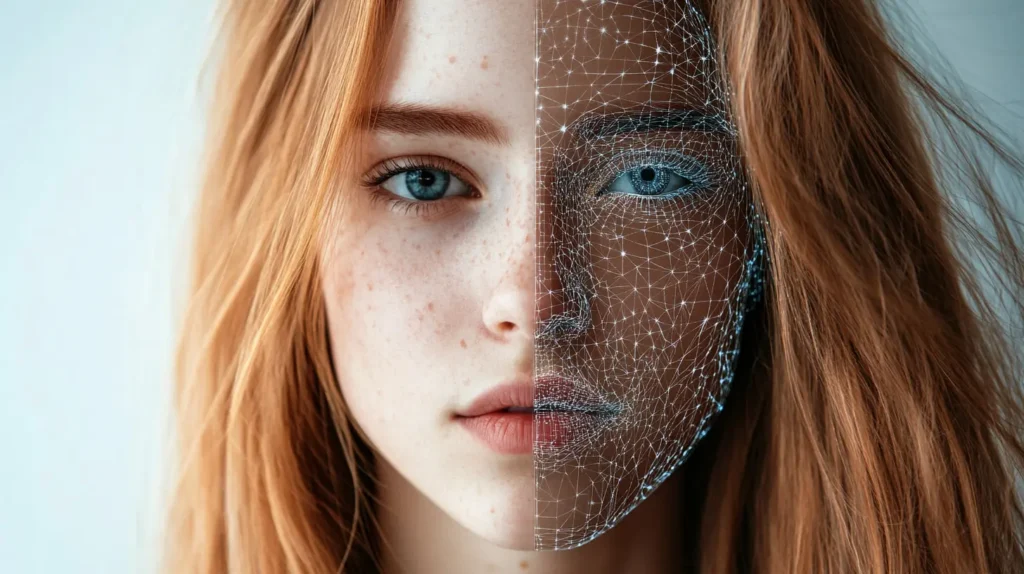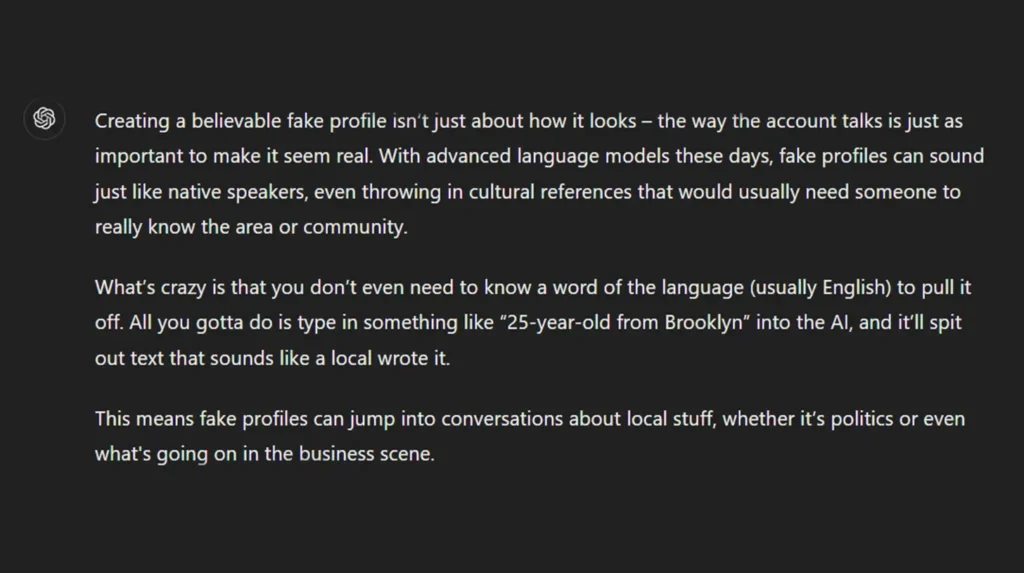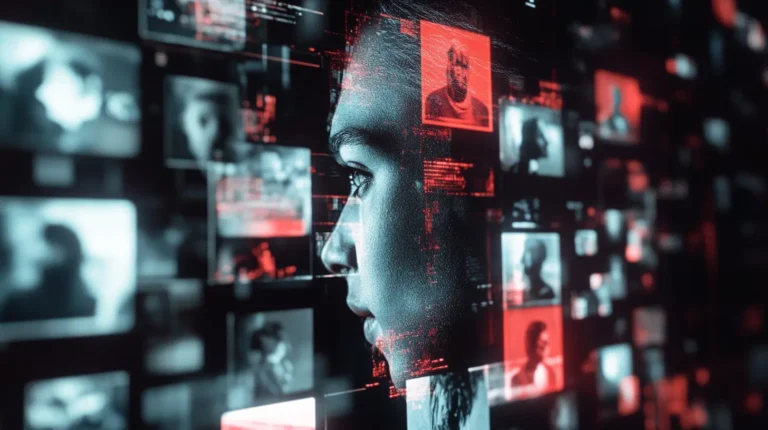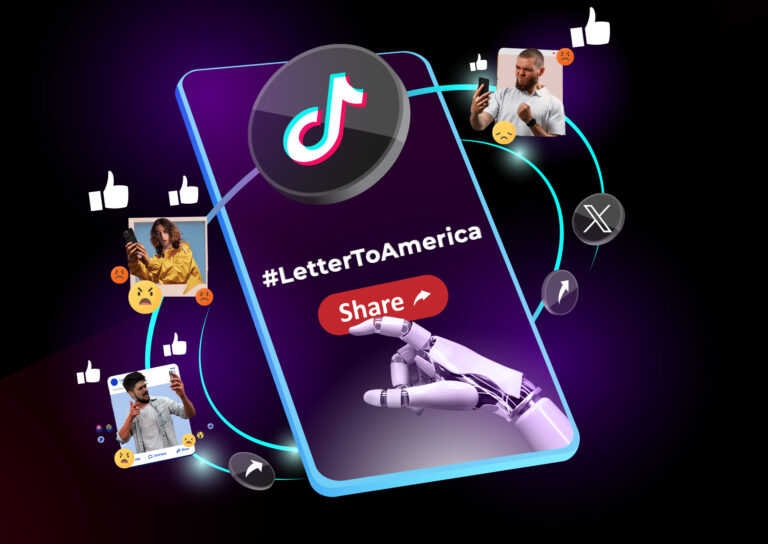With social media becoming an integral part of our lives, nearly everyone now has accounts on multiple platforms. As we scroll for hours on end, we’re constantly flooded with countless names and photos, so much so that most users rarely stop to question whether the person behind the profile is real.
The reality is, a substantial portion of social media platforms is populated by fake or spam accounts, which Meta have been trying to tackle for years – with varying degrees of success.
Here’s how these fake profiles manage to appear so authentic:
Authentic-Looking Images

In the past, fake profiles relied either on stock images or images stolen from real people, which made them easier to spot. Today, with the rise of AI-powered image generation tools, creating unique and convincing profile pictures has become trivially easy for even the most inexperienced users.
There are hundreds of tools available online which allow anyone to create an image based off a text prompt, for free, in only a matter of seconds. It requires zero skill and can be pulled off by virtually anyone with an internet connection, which explains why there are so many fake accounts.
These tools can produce photorealistic images of non-existent people, complete with diverse features, expressions, and backgrounds. Using these tools also eliminates the risk of reverse image searches – a tactic that was commonly used to expose fake profiles in the past – as each generated image is entirely unique.
Just a year ago, AI had difficulty generating a consistent likeness of the same person across multiple images, with subtle variations in facial structure and features making it hard to replicate an exact look.
Now, however, AI can create realistic personas that can be seamlessly placed in different settings – whether it’s on holiday, at the office, or with friends – making fake profiles even more convincing.

Pictured above: Three images created using the website thispersondoesnotexist.com – none of the people in these photos are real, but entirely AI-generated.
Using Native/Local Language
Creating a convincing fake profile isn’t just about visuals – the way the account communicates is equally as important to make them believable.
Thanks to advanced language models, fake profiles can now mimic native speakers with uncanny accuracy, with the ability to “understand” cultural references that previously would have required intimate knowledge of a specific region or community.
The most concerning fact about this is that this level of linguistic authenticity is achievable without the profile creator knowing a single word of the target language (English, in most cases).
All they need to do is enter a prompt such as “25-year-old American from Brooklyn” into the AI model, and the AI will produce text that sounds as if it was written by a local. As a result, fake profiles can engage in discussions about local topics, such as politics, or a growing business.
To demonstrate this point, here’s this exact same paragraph rewritten by ChatGPT to sound more informal:

Fake History
Perhaps the most important part of making a profile appear genuine is filling it up with history that mimics social media interactions of real people, such as activities, interests and hobbies.
If a profile seems suspicious to you, and you click on it, you might notice that its interactions feel superficial and disjointed. This is because the people behind them are trying to imitate what genuine users do, but they can’t quite match the natural flow and depth of real social interactions.
Similar to how they manipulate images, malicious actors use GenAI text generators like ChatGPT and Bard to create more convincing interactions and content.

Pictured above: Fake accounts posing as real users in an attempt to lure victims into phishing scams.
Communities/Friends
With the help of AI tools, bad actors can now create bot networks made up of fake accounts more easily than before. These fake accounts are typically part of an organized community that share, comment, and repost each other’s content.
Even though these fake accounts are good at maintaining the illusion of being real, there are subtle hints that give them away – if you know where to look. A good example of this is their follower-to-following ratio – they often follow a lot of people, but are only followed by a few, which are typically other bots.
How Cyabra Can Help Detect Fake Profiles
Given how easily fake accounts can appear genuine and the potential harm they can cause, it’s essential for businesses and brands to invest in tools that can minimize the serious impact these profiles may have.
Cyabra’s advanced platform is not only capable of detecting fake social media accounts and discourse, but can precisely identify fake profiles and bot networks in real-time, using hundreds of different parameters.
Watch the video summary:


